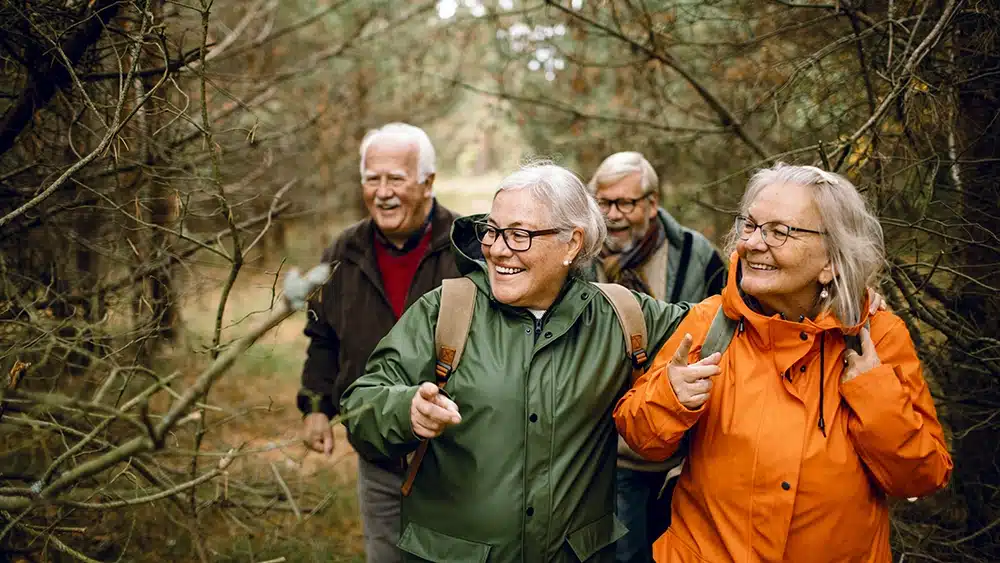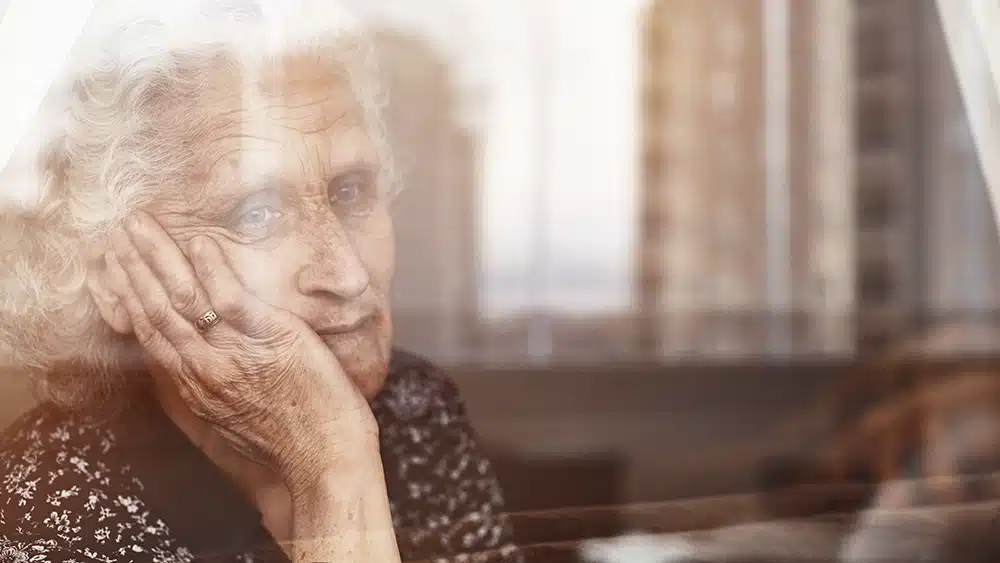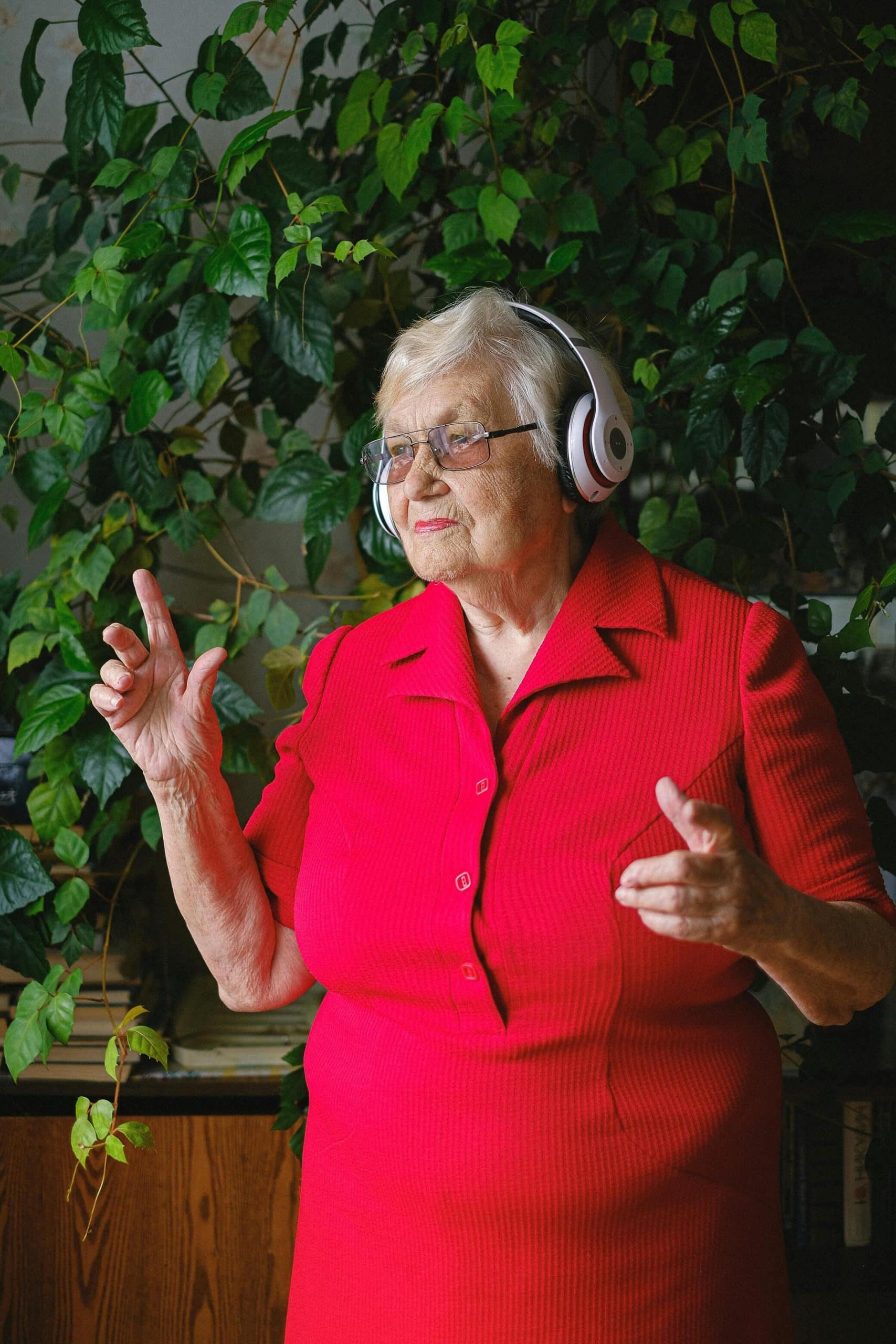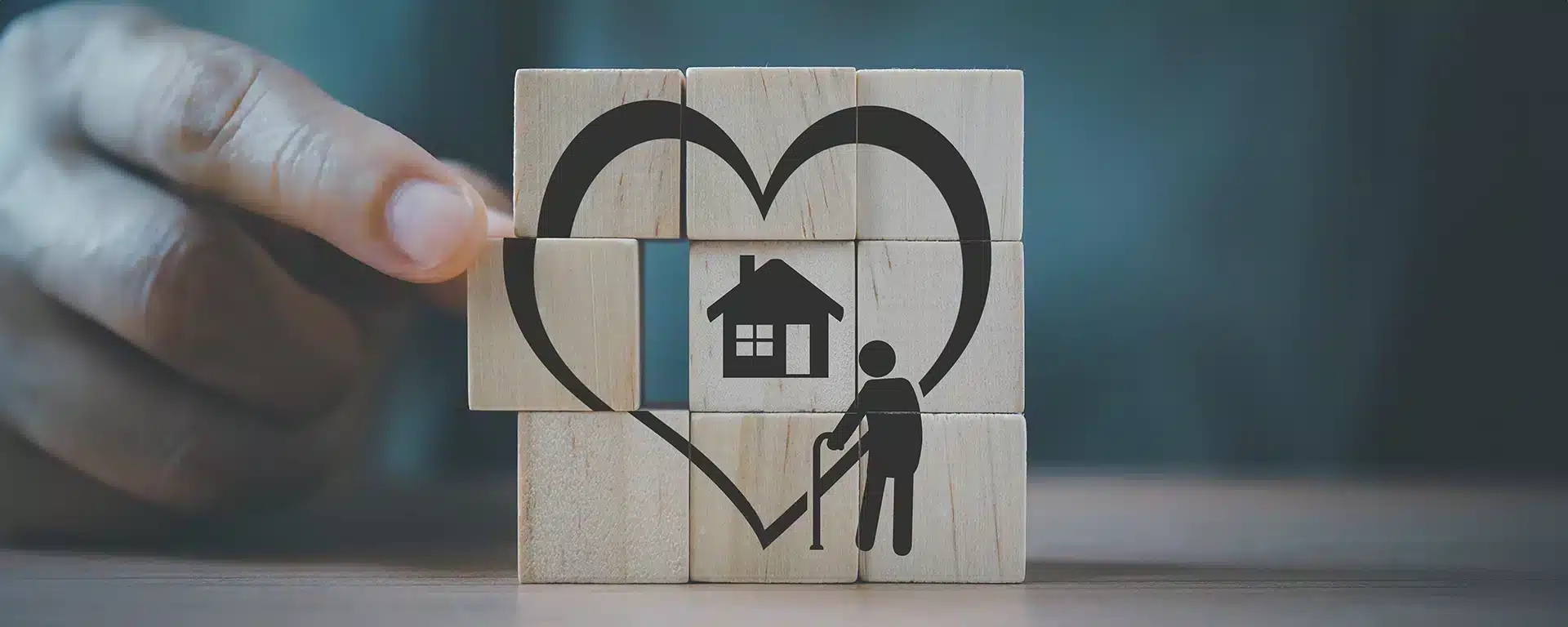Falls in Canada: the Alarming Statistics and a Call to Action for Safer Homes
In our Canadian homes, there is a silent but alarming threat: falls among our older loved ones. The statistics might seem unsettling, but rather than letting them create fear, let’s view them as a call to action.
Falls don’t have to be an inevitable part of aging; we can take steps to predict and prevent them. These numbers should motivate us to improve home safety for our older family members.
It’s time to be serious about fall prevention. Let’s collaborate to ensure our older loved ones can enjoy their golden years without the concern of falls.
The older adult population in Canada:
- Older adults comprised almost one-fifth of the Canadian population in 2019, projected to increase to close to one quarter by 2040. [1]
- The proportion of Canadians aged 65 or older is projected to increase from 17.5% in 2019 to between 21.4% and 29.5% by 2068. [5]
- Frailty poses a threat to older adults’ independence and their ability to “age in place,” leading to a higher risk of adverse outcomes such as falls, fractures, premature morbidity, and death. The demand for health care resources, including hospitals and long-term care facilities, increases with frailty. [5]
The threat of falls for older adults:
- Worldwide, falls among older adults (aged 65 or older) are a significant public health concern, leading to various consequences such as emergency department visits, hospitalizations, loss of quality of life, and even death. [1]
- According to the World Health Organization (WHO), about one-third of older adults experience falls each year, with the percentage increasing to 32-42% for those aged 70 or older. [1]
- In 2018, falls accounted for 61% of injury deaths and 66% of deaths due to unintentional injury among individuals aged 65 or older. [1]
Injuries in older adults due to falls: [4]- Body parts Injured: shoulder or upper arm (17%), knee or lower leg (15%), ankle and foot (10%).
- Types of injuries: broken or fractured bones (35%), sprains or strains (30%), scrapes, bruises, or blisters (19%).
- Head impact is also common in falls, especially in forward falls. Resultant head injuries and TBIs contribute to morbidity among older adults.
- There is a 43% increase in reported fall-related injuries from 2003 to 2009/2010. [4]
- The annual number of deaths of older adults due to falls increased from 1,631 in 2003 to 2,691 in 2008, and 6,579 in 2021. [1]
Effect of falls on the community:
- Falls were the leading cause of injury-related hospitalizations among people aged 65 or older in 2018/2019. [1]
- Approximately 20% to 30% of Canadian older adults experience falls each year. [4]
- In 2018, the annual direct cost of injurious falls among older Canadian adults was estimated at $5.6 Billion CAD, more than twice the cost associated with falls among 25 to 64 year old. [1]
- In fiscal year 2018/19, unintentional injuries were the eighth leading cause of hospitalizations overall, ranked ninth or higher for every age group except children aged less than 1 year old. Falls consistently emerged as the primary cause of hospitalization across all age groups for unintentional injuries. [2]
- Costs incurred due to falls by age: [3]
- Children (0-14): Falls incurred a cost of $996 million.
- Adults (25-64): Falls accounted for $3.0 billion.
- Seniors (65+): Falls had the highest cost at $5.6 billion.
- Preventable injuries cost the Canadian economy $29.4 billion in a single year (2018). [3]
- In 2018, the human cost of injury included 17,475 deaths, 61,400 disabilities impacting economic independence, 231,530 hospitalizations, and 4.6 million emergency department visits. Falls were the leading cause of injury deaths, comprising 35% ($10.3 billion) of the total cost of injury in 2018. [3]
- The estimated annual financial costs associated with falls among seniors are $2 billion. This value is 3.7 times greater than the costs for younger adults. [4]
- Seniors hospitalized for falls stay in the hospital, on average, nine days longer than those hospitalized for other causes. Falls contribute disproportionately to health care costs compared to other hospitalization causes. [4]
There are many things that can make older adults more likely to fall, like health issues, their activities and routine, their surroundings, and their social situation. Some of the things that increase the risk of falling include health problems, trouble with balance or walking, issues with senses like sight or hearing, not eating well, feeling lonely, and poor quality of home safety. Falls don’t just hurt the physical body; they can also make people suffer from fear and depression, lose independence, feel lonely, and affect overall quality of life.
The important thing to remember is that we don’t have to just accept these numbers. We can do things to prevent falls and make home safety a priority for older adults. It’s all about taking steps to reduce the chances of falling by dealing with the different things that contribute to it, emphasizing fall prevention.
Always remember, falls are not just something that happens – we can do something about it to keep our loved ones safe. It’s crucial to work towards fall prevention, making home safety a priority, instead of waiting for them to happen. Falls are preventable, and by being proactive in fall prevention, we can make a positive impact on the well-being of older adults. If you are worried about yourself or a loved one falling in the home, then take our fall risk assessment and get the insight you need to make your living space safer.
https://parachute.ca/en/professional-resource/cost-of-injury-in-canada/ [3]
https://www150.statcan.gc.ca/n1/pub/82-003-x/2021004/article/00002-eng.htm [5]









